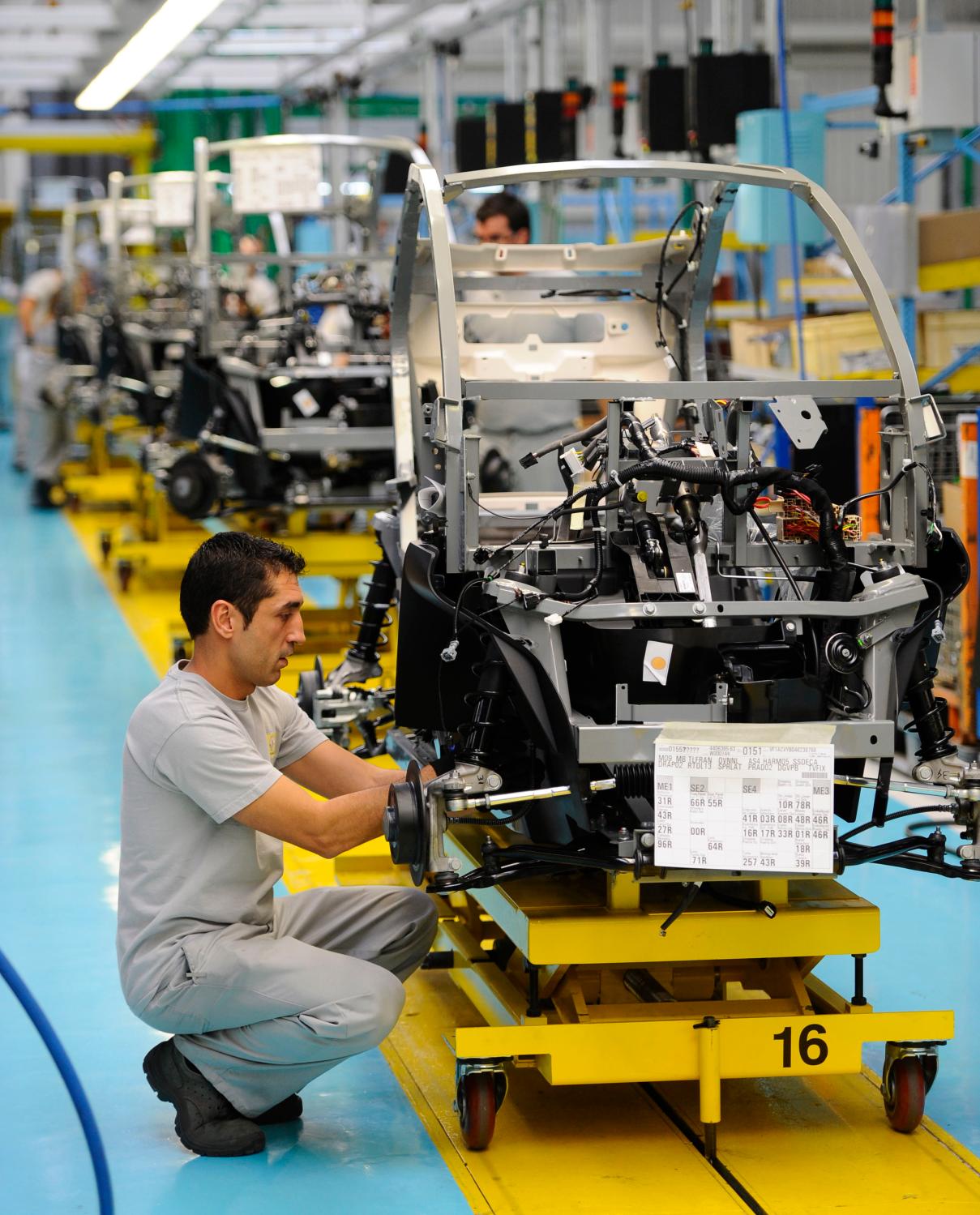There are lots of positives embedded in the Metro Program’s new update on the progress of the nation’s advanced-industry sector — the 50 critical manufacturing, energy, and service industries that invest inordinately in R&D and science-technology-engineering-math, or STEM, workers.
Output and employment growth continued during the last two years. More than 600,000 new jobs were created across the sector. And for that matter, no fewer than 23 metropolitan areas across the country clocked advanced-sector employment growth that exceeded 4 percent a year — a very smart pace of growth.
Such growth in a good-paying sector whose innovations and long supply chains disproportionately contribute to regional prosperity represents genuine progress towards an inclusive economy that works for all in those places.
And yet the new data warrant cause for concern. Dig into the subsectoral trends for 2013–2015, and one can’t miss a distinct narrowing of the locus of growth in the advanced sector. That narrowing manifests itself in both the composition of growth and its geography.
In the previous three years of 2013–2015, the initial global economic recovery and federal stimulus efforts fueled rapid export growth while a simultaneous boom in unconventional oil and gas development, or “fracking,” drove a surge in the energy sector that also benefited manufacturing. This led to relatively balanced growth across a wide array of advanced industries.
However, in the last two years this relatively balanced pattern shifted. With manufacturing exports depressed by a global economic slowdown, and a world oil and gas glut depressing the energy sector, a digital- and technology-services boom took center stage and became the main engine of advanced-sector growth. What has resulted is an extremely uneven and quite narrow employment-growth story.
Manufacturing growth has slowed, energy growth has disappeared, and the services are booming, as is visible here:

Nor does this broad telling fully capture the shift of the last two years. Seven years into the national business expansion, fully two-thirds of advanced-industry growth is now emanating from just seven industries: three related to motor-vehicle manufacturing and four digital services, including computer systems design, software products, web search, and data processing. Previously, those seven industries accounted for just 55 percent of job growth. The bottom line: The nation is now hugely dependent on a far narrower set of auto and tech service industries for its high-value growth.

Looking beyond the aggregate to places, meanwhile, the changing dynamics of industry-by-industry momentum are also reorienting the metro map as high-tech services rise, the automotive boom crests, and the energy slump continues. With auto and tech dominant, places that specialize in one (Jackson, Mississippi; Toledo, Ohio) or the other (San Francisco; Madison, Wisconsin) or both (Nashville, Tennessee; Kansas City, Missouri) are doing well. But otherwise, there was a bit less growth to go around — much of which was captured by the most advanced-industries-intense metros. As a result, the strong got stronger. While the 20 most advanced-sector-intensive metro areas accounted for 71 percent of the sector’s growth in the years 2010–2013, their share in the last two years reached 80 percent. At the same time, 53 metros actually grew less specialized in advanced industries, as I noted last week.

In sum, while it’s good that advanced-sector growth continues, it’s troubling that its base is shrinking. In the near term, such shrinkage raises concerns about the durability of the current expansion seven years into a jittery recovery. (We better hope the auto and tech booms continue!) But beyond that, the new trends raise questions about whether we are really managing to widen the circle of growth. Look here soon for ideas and local models for doing just that.
Jacob Whiton contributed to this post.
The Brookings Institution is committed to quality, independence, and impact.
We are supported by a diverse array of funders. In line with our values and policies, each Brookings publication represents the sole views of its author(s).





Commentary
Advanced industries growth: A narrowing base?
August 17, 2016